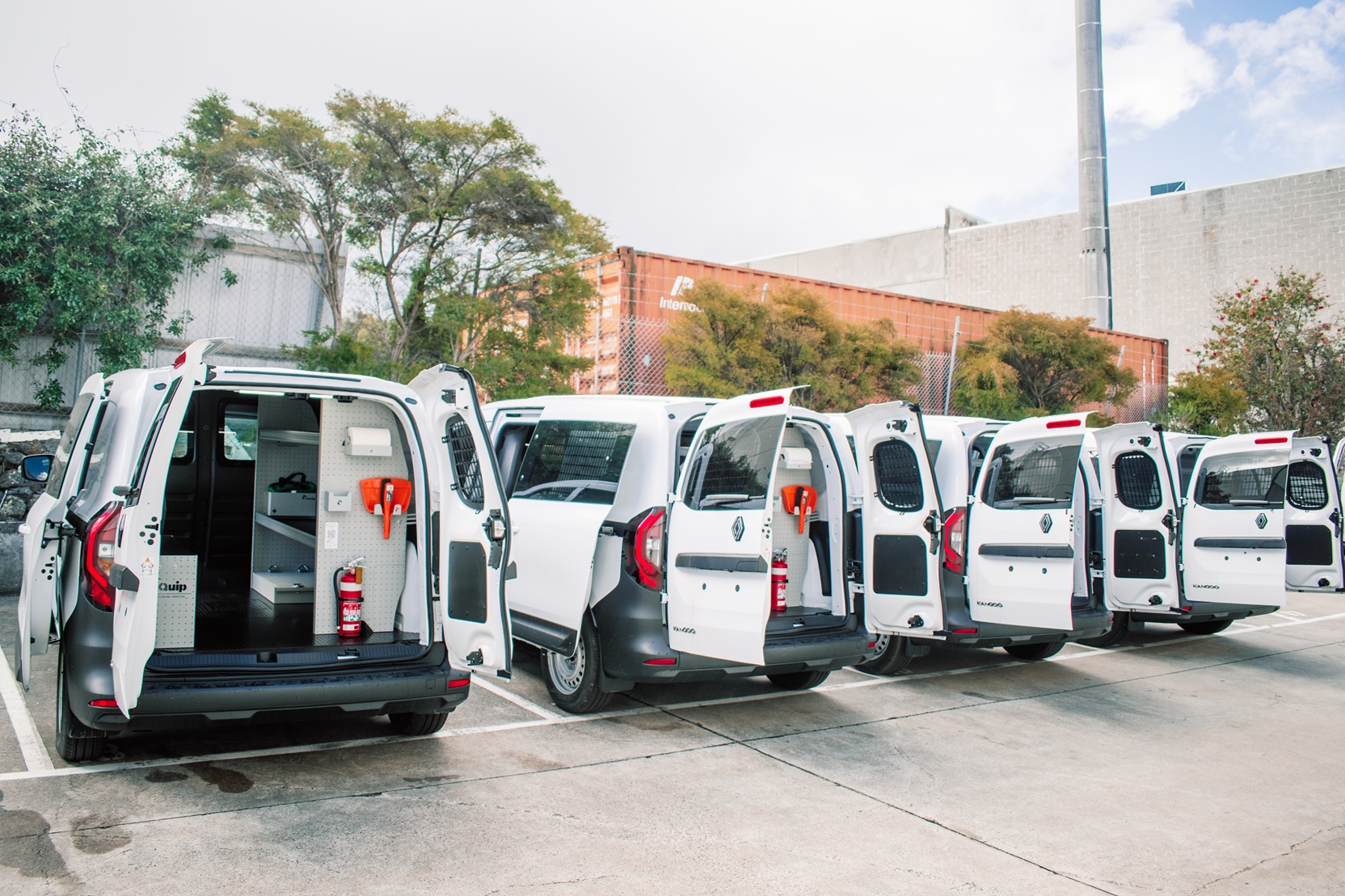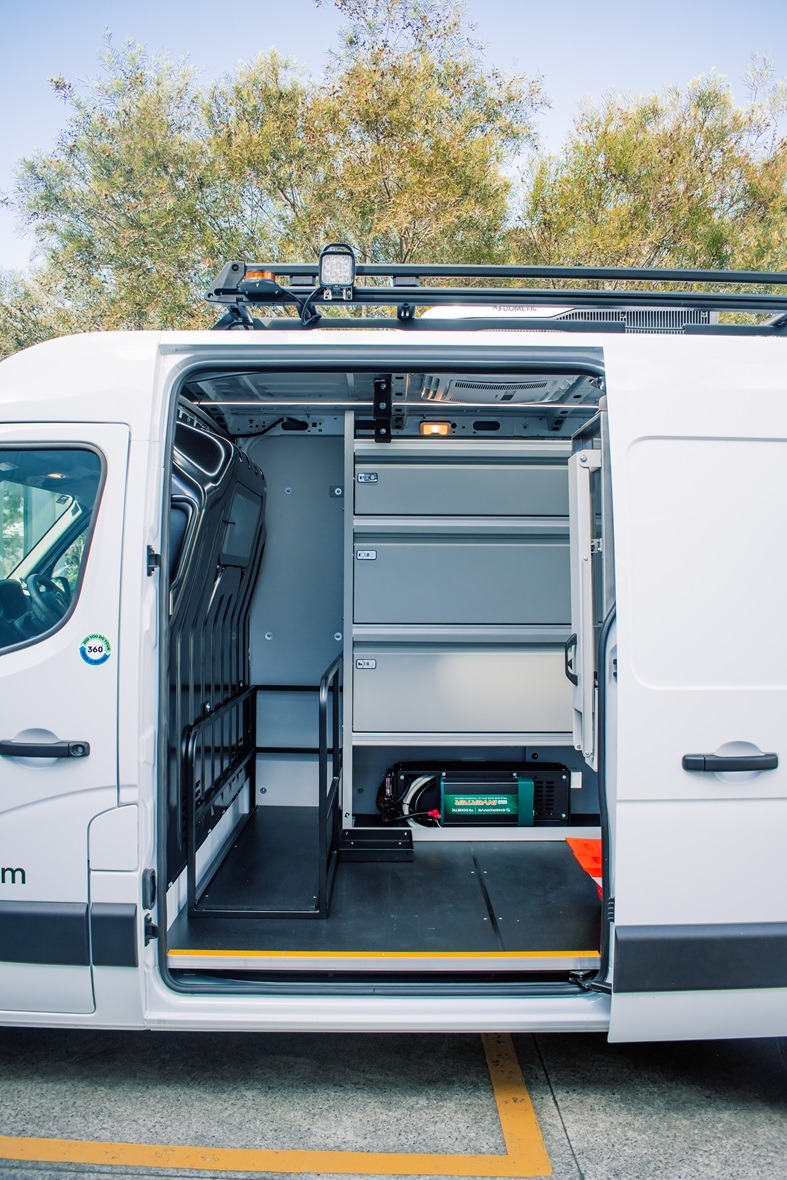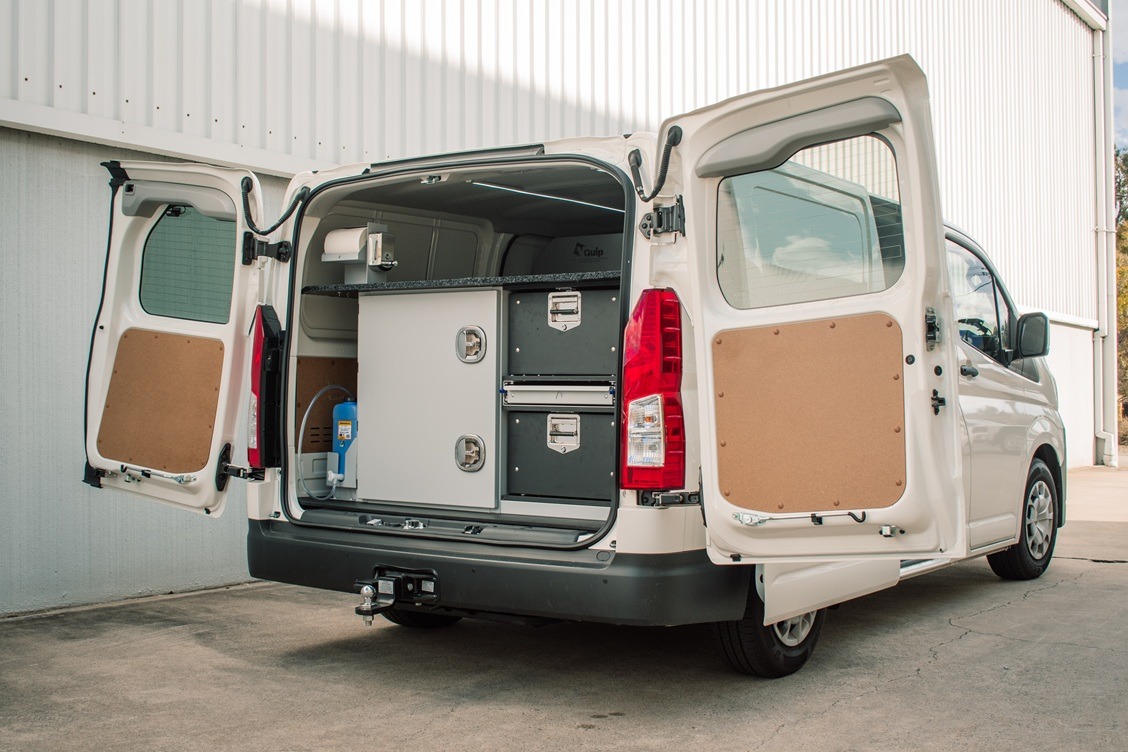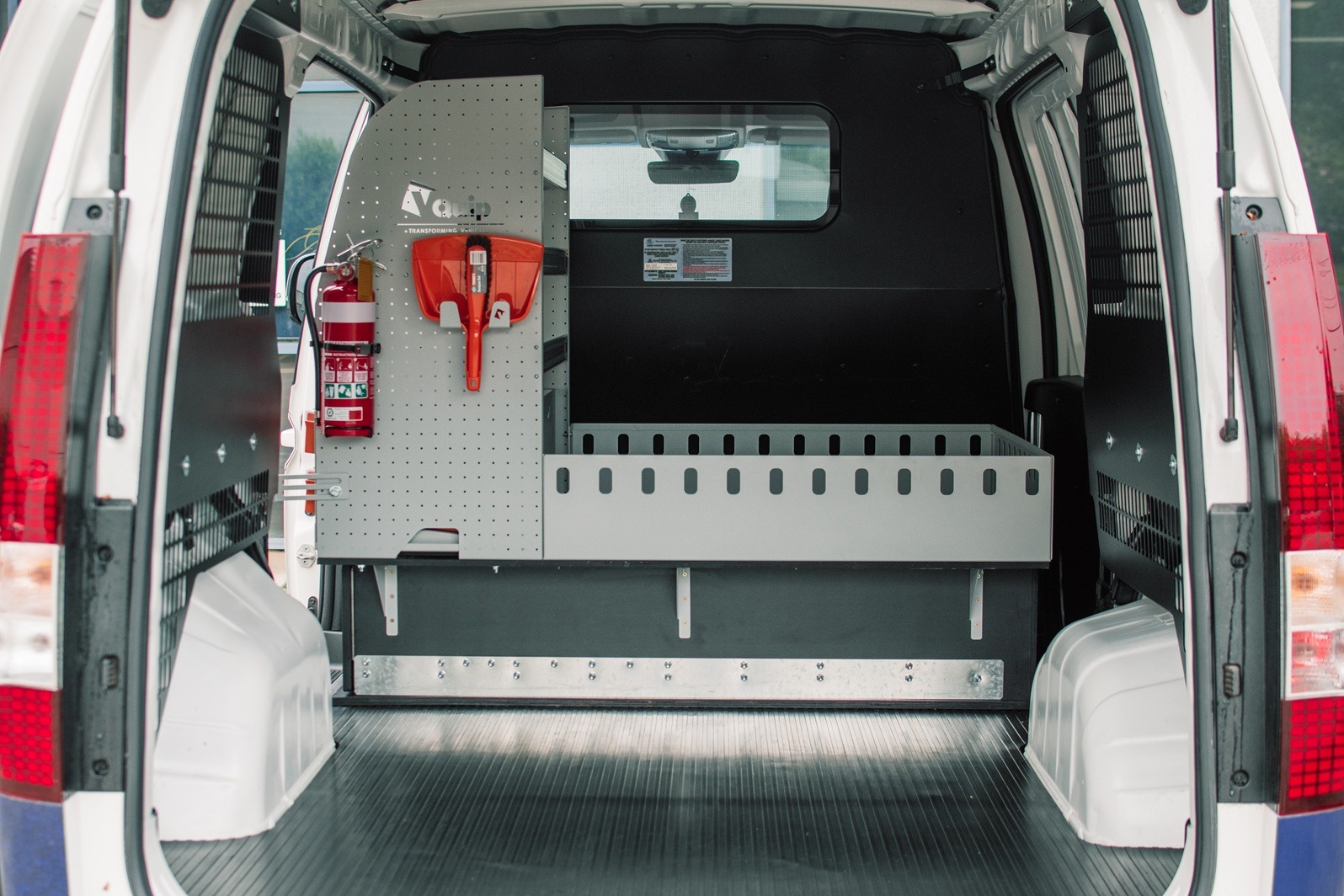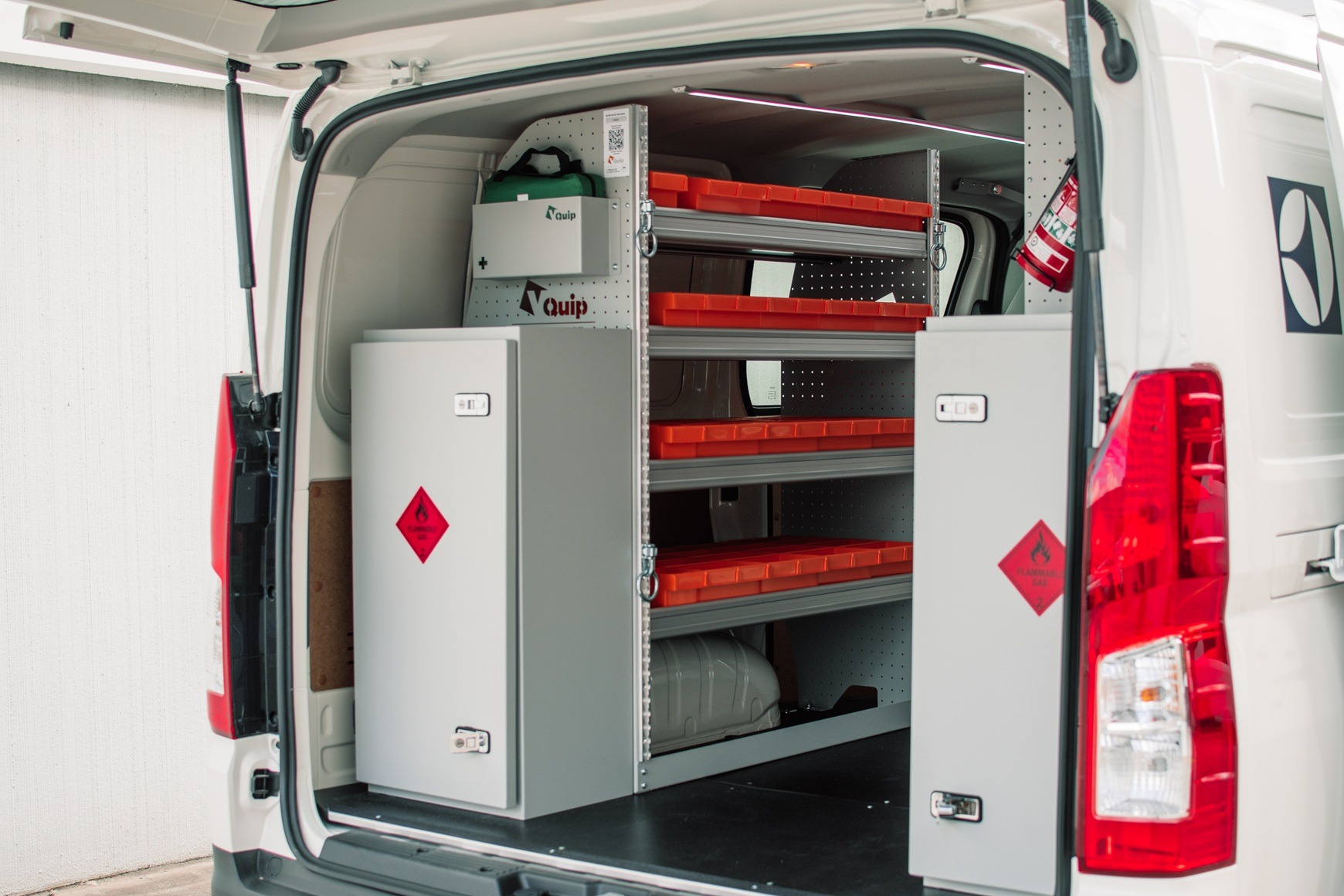
The Real Cost of Overloading Your Fleet Vehicles
Jul 21, 2025
When it comes to running a commercial fleet, every kilogram matters. Overloading your vehicles might seem like a quick way to get the job done, but the hidden costs can be enormous—both financially and legally. From compliance fines to accelerated wear and tear, pushing your vans and utes beyond their Gross Vehicle Mass (GVM) limits can significantly impact the safety, efficiency, and lifespan of your fleet.
At VQuip, we see too many fleets underestimating how much a fitout, tools, and cargo can add to a vehicle’s weight. Here’s why overloading is a mistake that could be costing you far more than you realise.
- Legal and Compliance Penalties
Australian road authorities take overloading seriously. If your vehicle exceeds its GVM, you risk:
- On-the-spot fines – These can range from hundreds to thousands of dollars per vehicle.
- Demerit points and driver penalties – It’s not just the business that’s impacted; drivers can also face personal penalties.
- Vehicle defect notices – Overloaded vehicles can be deemed unroadworthy, leading to downtime while the issue is rectified.
- Insurance risks – If an overloaded vehicle is involved in an accident, insurers may refuse to cover damages, leaving your business liable.
- Increased Wear and Tear
Overloading puts extra strain on critical components like:
- Suspension and brakes – These systems are designed for specific weight limits. Excess weight accelerates wear, leading to higher maintenance costs and unsafe driving conditions.
- Tyres – Overloaded tyres wear unevenly and are more prone to blowouts.
- Drivetrain and engine – Excessive load forces your engine and transmission to work harder, reducing overall lifespan.
- Higher Fuel Costs
A heavier vehicle consumes more fuel—sometimes significantly more. Overloading by just a few hundred kilograms can reduce fuel efficiency by 10-15%. Across a large fleet, that translates into thousands of dollars in unnecessary fuel spend each year.
- Reduced Vehicle Lifespan
Overloading shortens the operational life of your vehicles. The increased strain means you’ll face:
- More frequent breakdowns.
- Higher long-term maintenance costs.
- Earlier replacement cycles, which hits your capital expenditure harder than expected.
- Safety Risks
Perhaps the most critical concern is safety. Overloaded vehicles:
- Take longer to stop in emergencies.
- Are less stable, increasing rollover risk.
- Can compromise driver control and handling.
These risks don’t just endanger your drivers—they also increase the likelihood of workplace incidents and liability claims.
- Impact on Fitouts
Fleet fitouts add weight—often hundreds of kilograms—before you even load tools or cargo. Choosing lightweight yet durable fitout solutions is critical to staying under GVM. At VQuip, we design fitouts that maximise storage and functionality while minimising excess weight, helping you stay compliant and efficient.
How to Avoid Overloading
- Know your GVM and payload limits – These are listed in your vehicle specifications and logbook.
- Weigh your vehicles – Use weighbridges to check fully loaded weights, including fuel, tools, and cargo.
- Select lightweight fitouts – Consider modular shelving, ply drawer systems, and other weight-efficient solutions.
- Train your drivers – Ensure drivers understand safe loading practices and GVM limits.
Final Word
Overloading your fleet vehicles is never worth the cost. From fines and fuel consumption to safety risks and shorter vehicle life, the hidden expenses quickly outweigh any short-term convenience. By investing in well-designed, lightweight fitouts and managing your payload carefully, you can ensure your fleet remains compliant, efficient, and safe.
Need Advice on Staying Under GVM?
VQuip can help you design a fitout that balances storage, functionality, and compliance. Contact our team today to discuss solutions that keep your fleet on the right side of the law—and your bottom line.
